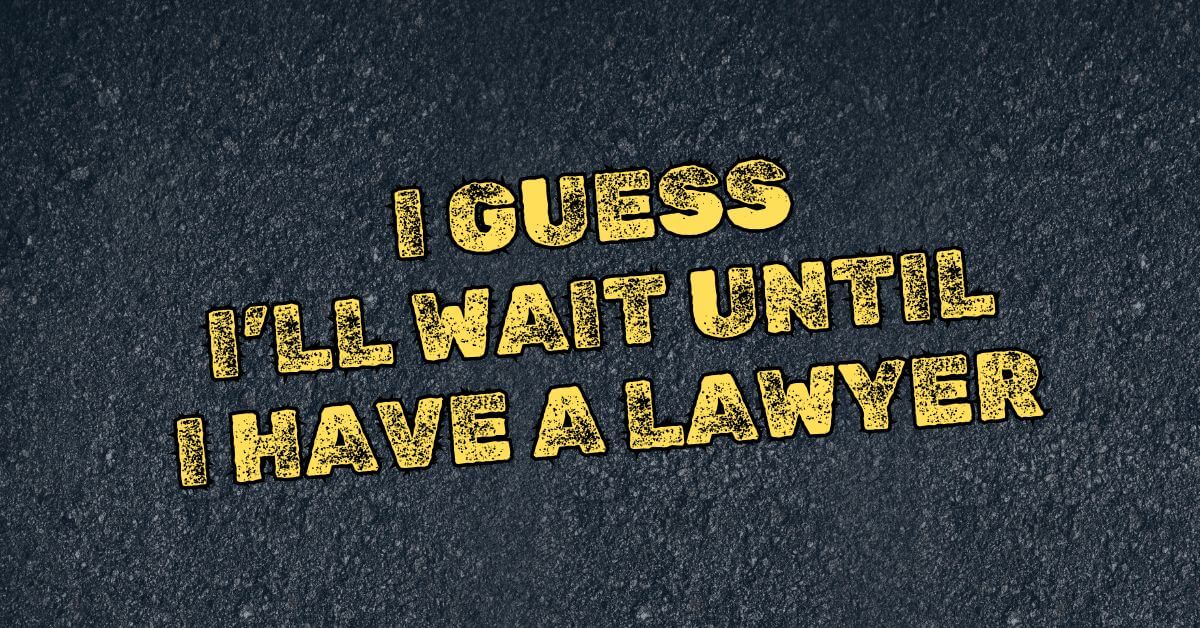Sixth Circuit Upholds Evidence in US v. Daniel: Examining the Good-Faith Exception in Probable Cause
Today’s case comes to us from the Sixth Circuit Court of Appeals decision in US v. Daniel [1]. For today’s training, we will consider an officer’s reasonable reliance on probable cause in the context of a search warrant, while exploring the boundaries of the good-faith exception. This case made its way to the Sixth Circuit after the defendant, Alejandro Daniel, was indicted for conspiracy […]


